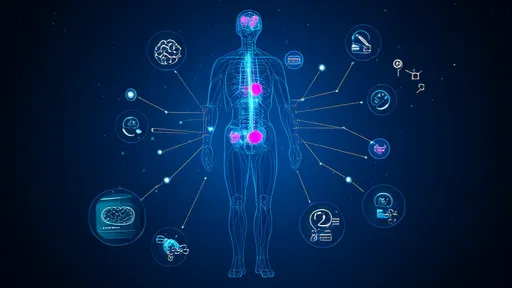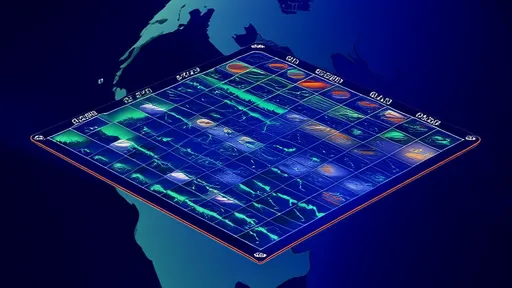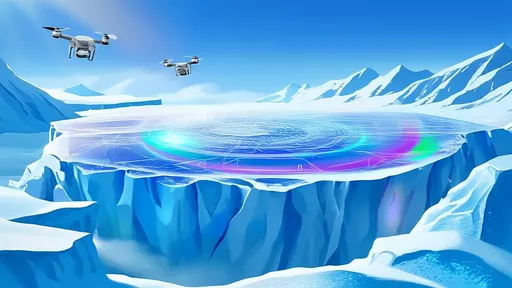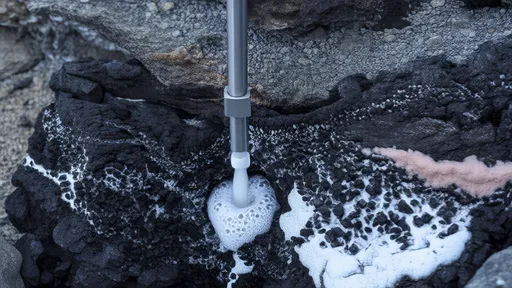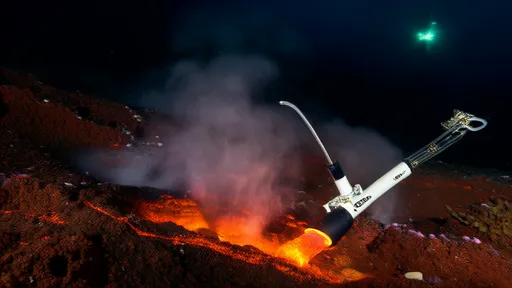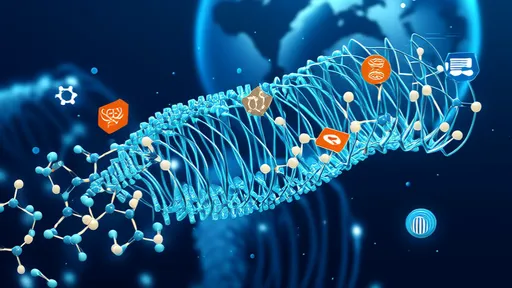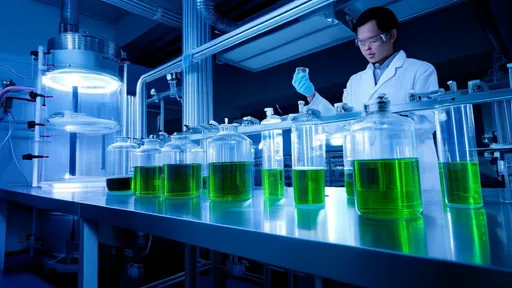The scientific community has reached a pivotal moment in climate
modeling, with researchers now capable of simulating regional climate
patterns at an unprecedented resolution of one square kilometer over
century-long timescales. This breakthrough represents a quantum leap
from traditional models that operated at coarser resolutions, often
missing critical local-scale phenomena that drive weather extremes and
long-term climatic shifts.
High-resolution climate modeling has long been
considered the holy grail of atmospheric science. The new generation
of supercomputers and advanced algorithms now allows scientists to
create virtual Earth systems where each grid cell represents just one
square kilometer of actual terrain. This granularity enables the
simulation of microclimates, urban heat islands, and complex terrain
effects that were previously smoothed over in coarser models.
What makes this advancement particularly remarkable is its temporal
scope. Climate scientists have successfully run these kilometer-scale
simulations covering entire centuries, providing insights into how
local climates might evolve through multiple generations. The
computational demands are staggering - a single century-long
simulation can require months of processing time on the world's most
powerful supercomputers, generating petabytes of data that must be
carefully analyzed.
The implications for climate adaptation planning are
profound.
Municipalities can now access projections showing how temperature,
precipitation patterns, and extreme weather events might change in
their specific locations decades from now. Coastal cities receive
detailed forecasts of sea level rise impacts at neighborhood levels,
while agricultural regions gain precise predictions of shifting
growing seasons and drought probabilities.
Traditional climate models typically operated at resolutions of 50-100
kilometers, meaning entire mountain ranges or large water bodies might
be represented by just a few grid points. The new kilometer-scale
approach captures the influence of topography, land use, and water
bodies with far greater accuracy. This is particularly crucial for
predicting phenomena like orographic precipitation, where mountains
force moist air upward, creating complex rainfall patterns that
coarser models often miss.
One surprising finding from these high-resolution simulations concerns
urban climates. The models reveal how cities create their own
microclimates through the urban heat island effect, with temperature
differences of several degrees possible between downtown areas and
surrounding countryside. These effects compound over decades as cities
grow and materials change, suggesting that urban planning decisions
made today could significantly influence local climates a century from
now.
Regional climate surprises have emerged from the
detailed simulations. Some areas projected to become drier in coarser
models actually show increased precipitation when local topography is
properly represented. Similarly, certain valleys previously thought to
be climate refugia may actually experience more extreme temperature
swings than surrounding areas. These findings are forcing scientists
to reconsider some long-held assumptions about climate change impacts
at local scales.
The technological challenges behind these simulations cannot be
overstated. Researchers have developed innovative parameterization
schemes to represent small-scale processes that are still too fine to
resolve even at one-kilometer resolution. Cloud formation, soil
moisture interactions, and vegetation-atmosphere feedbacks all require
sophisticated mathematical treatments to ensure accurate simulations
without overwhelming computational resources.
Validation of these models presents another hurdle. Scientists are
comparing simulation outputs against detailed historical weather
records, paleoclimate data, and targeted field campaigns. Early
results show the high-resolution models can reproduce observed climate
extremes and variability with unprecedented fidelity, giving
researchers greater confidence in their predictive capabilities.
Perhaps most importantly, these kilometer-scale
century-long projections are bridging the gap between global climate
change and local decision-making. Water resource managers can see how
mountain snowpack might change in specific watersheds. Energy planners
receive detailed projections of heating and cooling degree days for
infrastructure planning. Conservation biologists gain insights into
how microclimates might shift within protected areas, potentially
affecting sensitive ecosystems.
The road ahead remains challenging. While the simulations represent a
monumental achievement, they still incorporate uncertainties about
future greenhouse gas emissions, feedback mechanisms, and unexpected
climate tipping points. Researchers emphasize that these models are
tools for exploring possibilities rather than crystal balls providing
definitive forecasts. Nevertheless, as computing power continues to
grow and models further refine, humanity gains an increasingly
powerful lens for anticipating and adapting to our changing climate.
Looking forward, scientists anticipate expanding these simulations to
include even more Earth system components, such as detailed
ocean-atmosphere interactions, ice sheet dynamics, and biogeochemical
cycles. The ultimate goal is a comprehensive digital twin of Earth
that can simulate climate evolution at all relevant scales, from
global circulation patterns down to individual thunderstorms. While
this vision remains years away, the current generation of
kilometer-scale century simulations marks a significant milestone
toward that ambitious destination.
